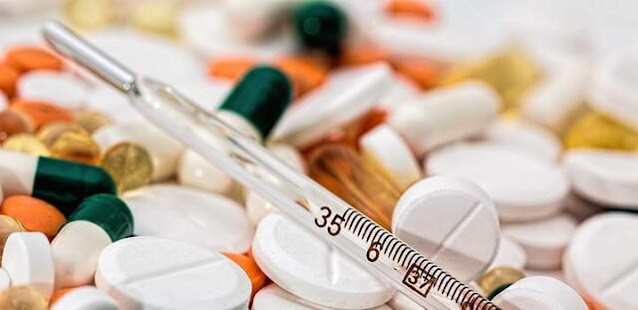Importance of Radiopharmaceuticals in Nuclear Medicine for Diagnosis And Treatment

Radiopharmaceuticals in Nuclear Medicine
Typically, radiopharmaceuticals
are composed of two components: a radioactive element that is administered
through a needle, and a non-radioactive substance that can act as a carrier for
the radionuclide. The non-radioactive substance can be a cell, molecule, or
other biologically active substance. The ligand is responsible for conducting
the radionuclide to a specific organ.
The Global
Radiopharmaceuticals in Nuclear Medicine Market is estimated to be valued at US$ 6,700.5 million in 2020 and is
expected to exhibit a CAGR of 8.0%
over the forecast period (2020-2027).
Radiopharmaceuticals in nuclear
medicine are used for diagnosis, imaging, and treatment. Typically, these
compounds are labeled with a radioisotope that decays and releases b--particles
(in reality, electrons). PET can detect these b-particles and provide accurate
information. It also allows for the imaging of small areas of the body. In
addition, radiopharmaceuticals in nuclear medicine can be used to monitor the
metabolism of biological samples. The production of radioisotopes for
diagnostic and therapeutic applications is usually conducted in accelerator
facilities or research reactors. The preparation of these agents is complex and
requires specific expertise. These drugs are administered intravenously.
However, they are safe and have no adverse effects when administered correctly.
These medications have a short half-life and require only small doses. Before
administering radiopharmaceuticals, doses must be calculated.
The dose must be consistent with
the physician's order and the standard nuclear medicine procedure manual. It
should be within ten percent of the recommended dose, and the actual
radioactivity administered should be less than 20 percent of the prescribed
dose.
The use of radiopharmaceuticals
in nuclear medicine involves a number of physiologic and pharmacologic
interventions. The use of these therapies is increasing as the population of
people exposed to radiation grows. One out of every fifty people in developed
countries has to undergo nuclear medicine at some point in their lives.
However, only ten percent of these patients are treated with radionuclide
therapy. That number is increasing steadily.



Comments
Post a Comment